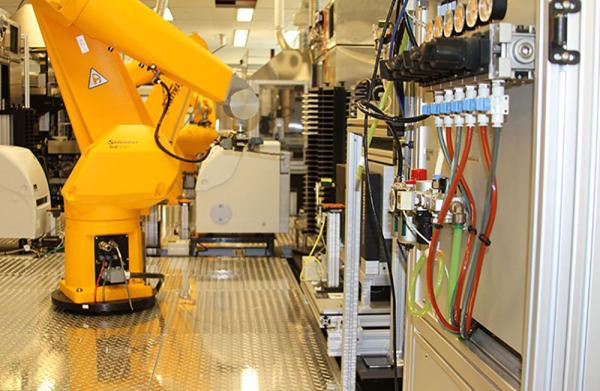IRP Research Investigates Tobacco-Related Health Disparities
Dr. Kelvin Choi Studies Commercial Tobacco Use in Underserved Communities
Each year, millions of smokers in the U.S. attempt to kick the habit. Many begin their journey towards a healthier life with the annual Great American Smokeout, which falls on the third Thursday of November — November 18 this year — and marks a day when all Americans who use commercial tobacco products like cigarettes are encouraged to stop.
While smoking rates in the U.S. have dropped from a hefty 42 percent of the population in 1965 to 14 percent in 2019, it remains the main cause of preventable death globally. In the U.S., 34 million adults still smoke cigarettes, and young people are being lured in by flavored e-cigarettes, which also pose health risks and can lead to smoking cigarettes. These tobacco-related behaviors are also unevenly distributed across the population, meaning some populations suffer the consequences of smoking disproportionately compared with others. IRP senior investigator Kelvin Choi, Ph.D., is working to understand why some groups are more likely to smoke, the effects of continued smoking, and the reciprocal interplay between those factors and health.










